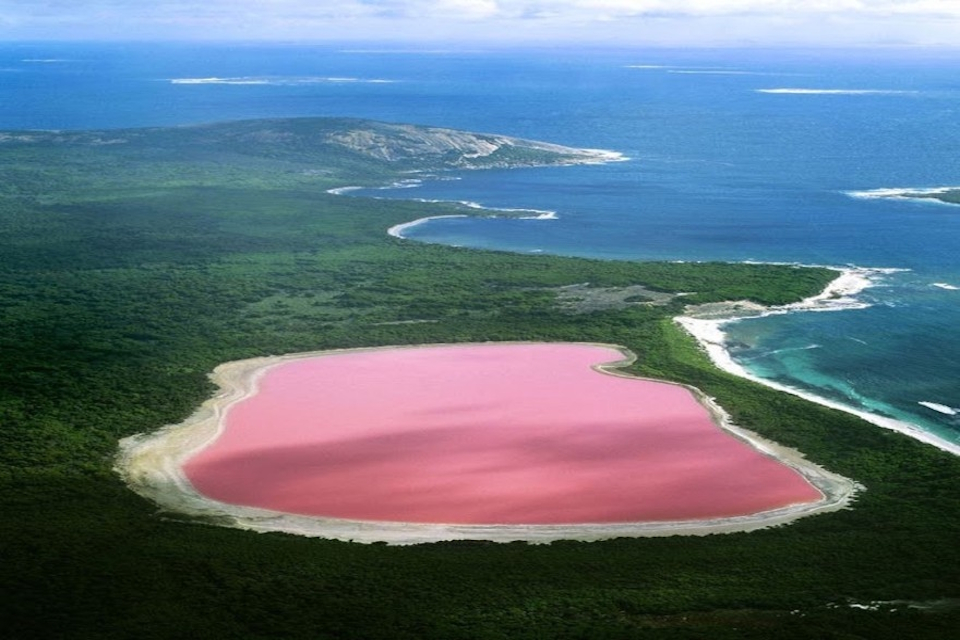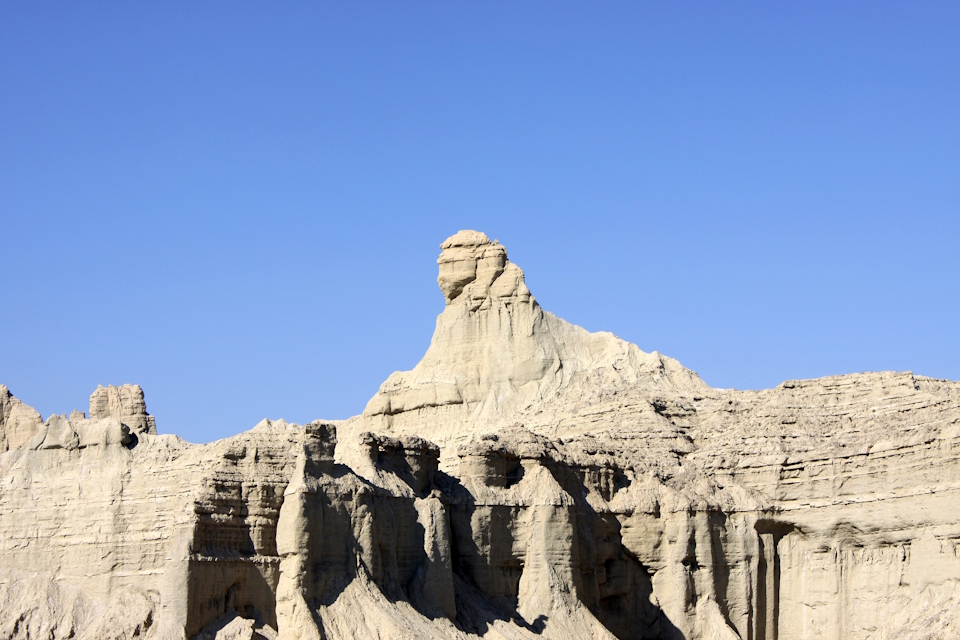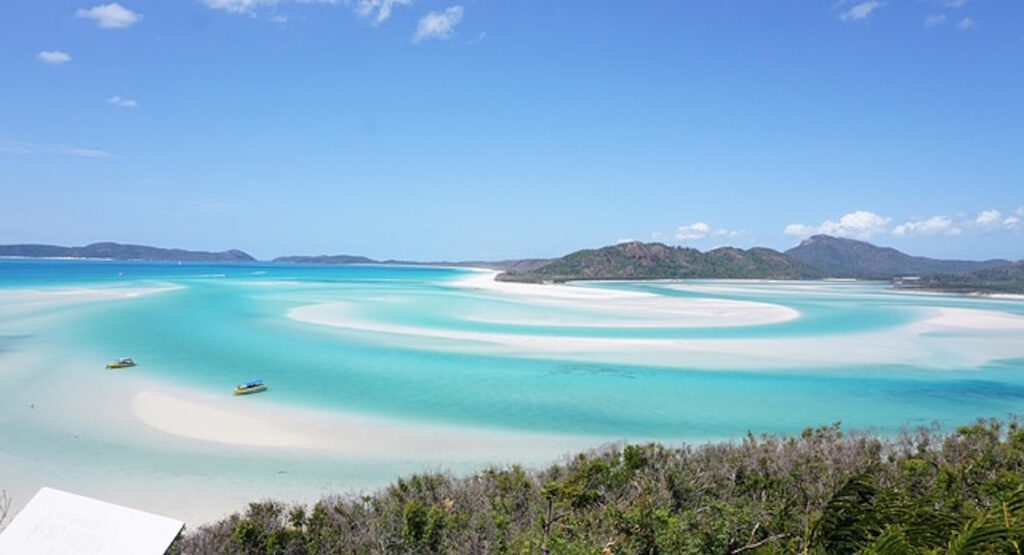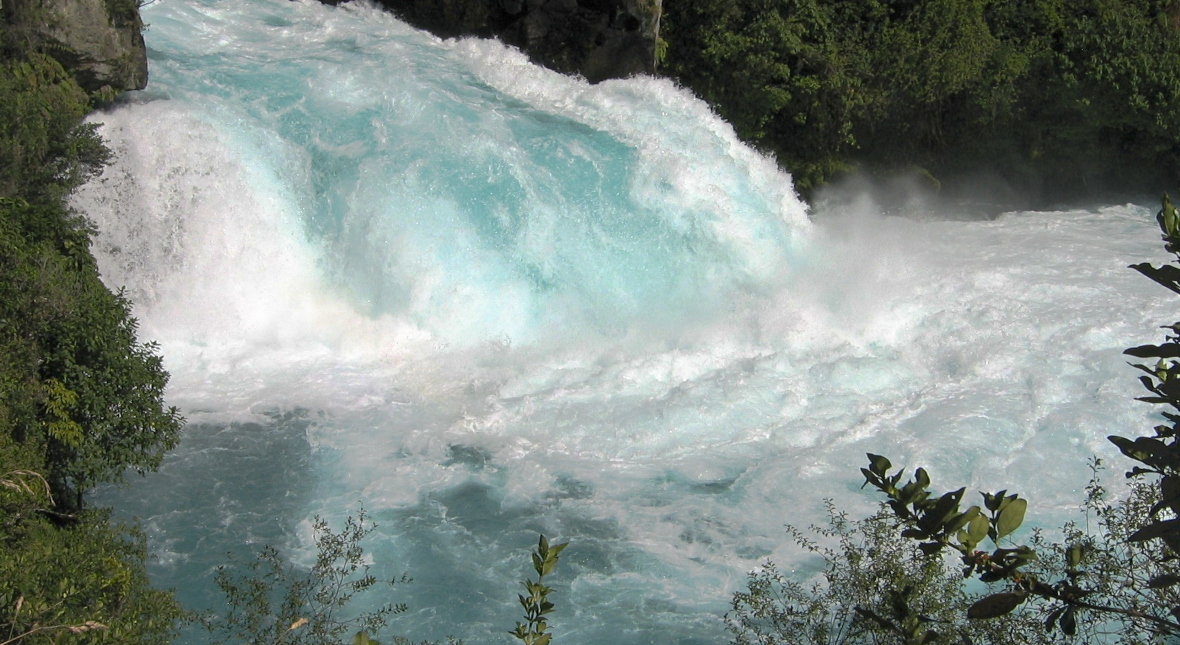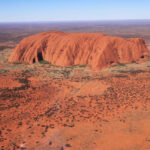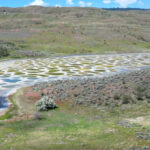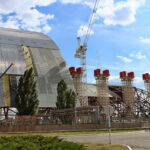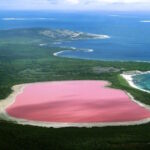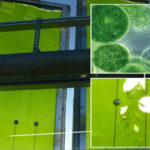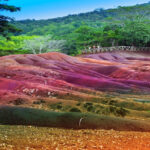Now Reading: Lake Meke: More Than Just a Visual Wonder
-
01
Lake Meke: More Than Just a Visual Wonder
Lake Meke: More Than Just a Visual Wonder
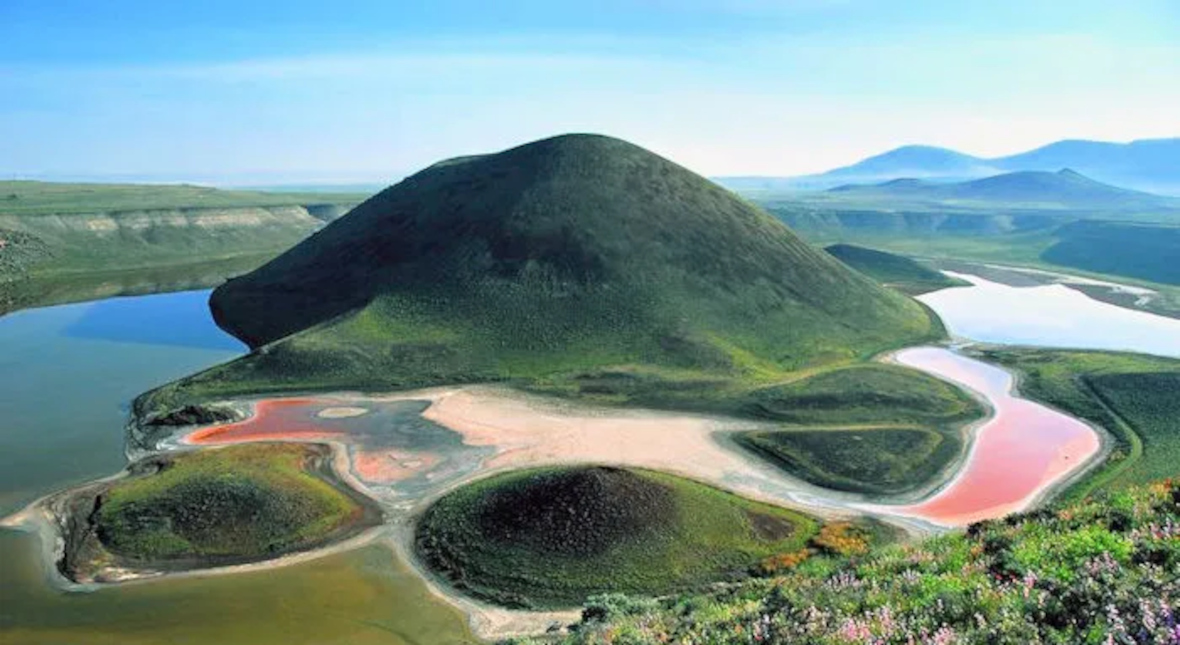
Nestled within the remote expanses of the Central Anatolian Plateau, in the dry heartland of Turkey’s Konya Province, lies a site of extraordinary natural formation and scientific intrigue: Lake Meke. From the air, it resembles a giant eye gazing skyward—a perfectly oval crater with a smaller island-like cone rising from its center. This striking topography is not just aesthetically unusual; it is geologically rare. It tells the story of ancient volcanic eruptions, the evolution of saline ecosystems, and the accelerating pressure of human-induced environmental stress. Often celebrated for its stark beauty, Lake Meke is far more than a visual wonder. It is a layered archive of Earth’s dynamism—a place where the planet’s volcanic heartbeat, hydrological memory, and biological resilience are all preserved in salt and stone.
A Volcanic Cradle: Maar-Diatreme Genesis and Nested Crater Dynamics
Lake Meke owes its existence to a rare form of volcanic activity known as phreatomagmatic eruption. This type of eruption occurs when rising magma encounters an underground aquifer or moist sediment. The sudden conversion of groundwater to steam triggers violent explosions, shattering rock and blasting open a wide, shallow crater. Geologists refer to this type of formation as a maar, and Lake Meke is one of the most exemplary maar craters in the entire Mediterranean region. It was created over 5 million years ago, in the late Miocene epoch, during an era of vigorous tectonic activity driven by the convergence of the Anatolian microplate with the Eurasian and Arabian plates.
But what makes Lake Meke even more fascinating is the subsequent volcanic event that occurred inside the original crater. Roughly 9,000 years ago, a smaller eruption formed a cinder cone—also called a scoria cone—at the center of the older maar. This inner cone, composed largely of basaltic pyroclastic material and volcanic bombs, rose above the water that had begun to collect in the main crater. Today, it sits like a pupil within the lake’s eye-shaped form, rising roughly 50 meters above the basin floor. The entire formation is thus a nested volcanic structure, containing multiple eruptive events in one geomorphological unit—a rare configuration that draws volcanologists and planetary geologists from around the world.
Hydrology and Geochemistry: A Closed-Basin, Hypersaline System
Lake Meke functions as a closed-basin endorheic lake, meaning it has no outflow to rivers or seas. Water enters primarily via precipitation, minor surface runoff, and groundwater seepage, but escapes only through evaporation. This hydrological isolation results in the progressive accumulation of dissolved salts over time. As evaporation outpaces recharge, the lake’s salinity intensifies, concentrating ions like sodium (Na⁺), chloride (Cl⁻), sulfate (SO₄²⁻), and magnesium (Mg²⁺) to levels hostile to most higher life forms. The fluctuating depth and volume of the lake—directly tied to seasonal climate variability and long-term groundwater availability—drives the precipitation of evaporite minerals, including halite, gypsum, and magnesite, which form shimmering crusts along the shore and lakebed.
In wetter periods, Lake Meke expands into a shallow body of hypersaline water. During droughts or high evapotranspiration seasons, it contracts into a basin of polygonal salt pans. This highly dynamic system makes it an ideal site for studying evaporite geochemistry, brine evolution, and the hydrochemical fingerprints of endorheic lakes—key topics for understanding ancient lake basins on Earth and Mars.
Biological Extremes: Microbial Life on the Edge of Survival
Although the lake’s salinity and lack of vegetation might suggest lifelessness, Lake Meke harbors a vibrant community of extremophilic microorganisms, capable of surviving in hypersaline, UV-intense, and nutrient-poor conditions. Dominant among these are halophilic archaea and halotolerant microalgae, organisms whose cellular physiology has evolved to cope with osmotic stress, oxidative damage, and desiccation.
One of the most prominent microalgae in Lake Meke is Dunaliella salina, a unicellular green alga noted for its remarkable adaptability. In high-salt conditions, it accumulates glycerol to regulate internal pressure and synthesizes β-carotene to shield itself from intense solar radiation. This pigment gives the lake its signature red, pink, or even purple hues during certain seasons. Alongside Dunaliella are members of the Halobacteriaceae family, such as Halobacterium salinarum, which utilize bacteriorhodopsin, a light-driven proton pump, for a form of phototrophy distinct from chlorophyll-based photosynthesis.
These organisms not only color the lake, but also form the basis of its hypersaline microbial mat ecosystem, cycling elements like nitrogen, sulfur, and carbon under extreme conditions. The microbial life of Lake Meke has become a key subject in astrobiological research, as it provides a living model for how life might persist in similar high-salinity environments elsewhere in the solar system. NASA and ESA researchers studying Mars and the icy moons of Jupiter (such as Europa) use ecosystems like Lake Meke’s as analogues for extraterrestrial biospheres.
Stratigraphy and Paleoclimate: A Natural Climate Archive
Beneath the surface of Lake Meke lies a rich stratigraphic record, composed of alternating layers of volcanic ash, organic matter, clay, and evaporite minerals. Each layer acts as a time capsule, storing evidence of climatic and geological events that have occurred over thousands of years. Scientists have conducted core drilling and varve analysis (examining annual sedimentary layers) to extract detailed records of past hydroclimatic variability in the region.
By analyzing isotopic ratios such as δ¹⁸O and δD in the lake’s sediment and water, researchers reconstruct historical patterns of precipitation, evaporation, and groundwater interaction. The presence of tephra layers—deposits of volcanic ash from distant eruptions—also allows scientists to synchronize Meke’s geologic history with wider regional tectonic activity. Additionally, pollen and diatom assemblages trapped in the sediments provide clues about past vegetation, biodiversity, and ecological responses to drought.
As a natural paleoenvironmental archive, Lake Meke plays a critical role in understanding Holocene climate dynamics in Anatolia, particularly transitions between arid and humid periods that influenced ancient civilizations, agricultural practices, and settlement patterns in the region.
Environmental Degradation: A Lake on the Brink
In recent decades, the beauty and ecological function of Lake Meke have come under severe threat. Satellite imagery and in situ measurements reveal a catastrophic decline in water levels, with large portions of the lake drying out completely for extended periods. Once a permanent water body, Lake Meke is now often reduced to little more than a salt-encrusted depression, a transformation driven by a complex mix of natural and anthropogenic forces.
The most pressing factor is excessive groundwater extraction. Agricultural activity in the Konya Basin has boomed, fueled by the drilling of thousands of unauthorized deep wells. These wells deplete the aquifers that once fed Lake Meke indirectly through seepage. In tandem, the region is experiencing increasing aridification, driven by climate change-induced reductions in precipitation and rising temperatures. The combination of overuse and climate stress has altered the lake’s hydroperiod, reducing the length and frequency of wet phases necessary for maintaining microbial life and mineral cycles.
Unless immediate and coordinated conservation measures are taken—including sustainable water management, aquifer recharge projects, and legal protection for fragile geosystems—Lake Meke may shift from a temporary saline lake to a permanent salt flat, losing its ecological and scientific significance forever.
A Site of Beauty, Science, and Urgency
Despite its ecological decline, Lake Meke continues to captivate those who visit. The surreal symmetry of its concentric craters, the crystalline sheen of its salt flats, and the silence of its surrounding steppe create an atmosphere of profound stillness and otherworldly wonder. Photographers, geologists, biologists, and curious travelers find themselves equally entranced—some drawn by its aesthetics, others by its scientific significance.
However, this wonder comes with a responsibility. Lake Meke is not a museum piece frozen in time—it is a living, evolving system. As such, it demands respect, stewardship, and informed attention. Its story is one of resilience and fragility, of volcanic violence and microbial ingenuity, of environmental warning and scientific opportunity.











